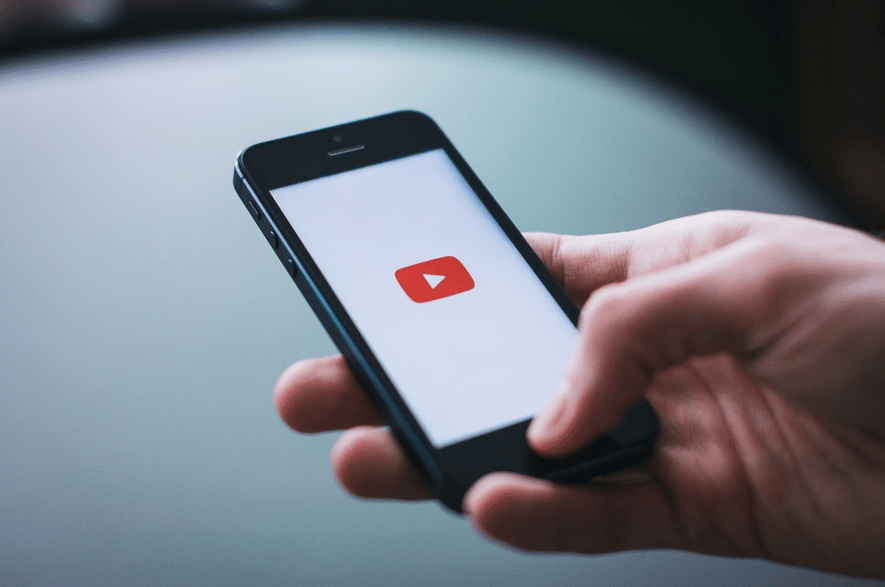

It’s been a few years since shoppable video was touted as “the next big thing” after all, we know for a fact that customers are 73% more likely to purchase a product after watching a video. And with billions of video views on any given day, it seemed only logical that shoppable video would catch on.
While many of you might have some understanding of what shoppable video is, for those of you who don’t, it’s pretty much exactly what it sounds like.
Although the way shoppable video is utilized may differ from brand to brand, the premise is the same; a customer can shop the products in the video. Pretty straightforward.
Online shopping is a form of entertainment for many of your customers, and many brands have already figured this out. We know shoppers love fun and informative content of all kinds such as look books, articles, interviews and of course video.
However, the question remains, if video converts so well and consumers love online shopping why hasn’t shoppable video taken off, and is this a marketing opportunity you should be taking advantage of?
Well folks, that’s what we’re going to address today.
71% of shoppers say product videos leave a positive impression about a company, and 77% feel that these companies are more engaged with their customers.
In 2015, over 100 million hours of how-to videos were watched.
96% of consumers find video helpful when making a purchasing decision.
The stats speak for themselves. With how-to and product videos already converting so well, where can shoppable video help out in this conversion process? What sort of questions or added value can shoppable video add that isn’t already in place?
Storytelling How-to and product video’s don’t tell a story, but a shoppable video can. Take for example Kate Spade’s “Miss Adventure” videos and most recently Free People’s “Movement is Free” campaign.
To kick off their new fitness wear line, Free People launched a shoppable video featuring thier new athletic product.
The video splits between scenes of women performing different forms of movements whether it be dance, running, surfing and more, with the underlying message that diversity is ok and to do what makes you happy.
The video itself works for a variety of reasons:
It doesn’t feel like a commercial You see the product in action The stories are relatable
When the video is done playing, viewers may shop the products shown in the video, which are conveniently placed right below. The video is helpful and provides value. As of this moment, at least a few of the items featured in the video are already sold out, proving this shoppable video helps customers on their path-to-purchase.
What’s really smart though is the video is only one part of their Movement is Free campaign. Free People have partnered with Pressed Juicery and Yoga Works to be part of an awesome giveaway contest that promotes a healthy lifestyle.
They’ve also partnered with The Ashtanga Yoga School of Philadelphia to promote the cause Yoga Gives Back. And of course they’ve put together a social media strategy in which women are encouraged to use Free People's unique hashtag #movementisfree
As far as shoppable video goes, this is probably the best execution of it I’ve seen.
Could using shoppable video to tell a story be the best way to utilize it? Only time will tell, but if brands use Free People’s Movement is Free campaign as inspiration, I wouldn’t bet against it.
When used correctly shoppable video is entertaining, helpful, and can help assist in gaining more sales. The problem is, thus far shoppable video hasn’t really been properly executed or tested, which can make companies very reluctant to be the first to try it.
While nobody can debate whether video increases conversion, there is too much uncertainty around the converting power of shoppable video, and with the costs associated around creating it, the risk doesn’t seem worth it, which is most likely one of the reasons more big brands have been so skeptical about trying it.
A few years back Juicy Couture tried their hand with shoppable video. A story was set in place, it featured a Victoria’s Secret Supermodel, and was directed by Hollywood’s most popular celebrity photographer, Terry Richardson–how could it go wrong?
The UX was a total disaster in so many ways:
The video stops when clicking on the wrong spot Video isn’t clear on where to click Overlapping text when clicking on hotspot Multiple and wrong links displaying at the same time Clicking on a product directs you away from video
To be fair though, many of these UX problems appear on a lot of the shoppable videos currently out there, along with these mistakes:
Not making it clear where to click Not making shoppers aware what items are shoppable Video moving too fast, making it impossible to click on all products Not clear where your products will appear, or what to do after
Then there’s the issue of producing a video that doesn’t really serve a purpose. Shoppers connect with how-to and product videos because they’re helpful and assist them in making a purchasing decision. Videos that look like a commercial don’t provide value to your customers in any way and will just end up annoying the heck out of them.
Shoppable video all too often leaves customers feeling frustrated. What was supposed to be a fun and interactive experience often fails causing shoppers to bounce.
This coupled with all the usability issues and unclear value that shoppable video brings contributes greatly to the negative perception it seems to have, leaving retailers reluctant to try it.
Let’s get real for a moment. Your customers are very aware of when they're being sold too, and they’ll do anything to avoid it. They install ad blockers, won’t freely give out their email to brands, salesy emails get a first class ticket to the spam filter. They’re demanding authenticity.
Long story short, shoppable video is not a substitute for a commercial, it needs to tell a story, be helpful, and feel authentic all at the same time. It should add value and be seamless. Silly UX issues like what was seen on the Juicy Couture video is just awful, and comes across as very sloppy.
Does shoppable video have a long way to go? Yes. But with the emphasis that has been put on creating interesting and unique content, it shouldn’t be ignored. When utilized correctly–think Free People Campaign–it could be one more way to help convince shoppers to buy your products, instead of the competition.
The Jibe Multimedia, Inc. © 2009-2025